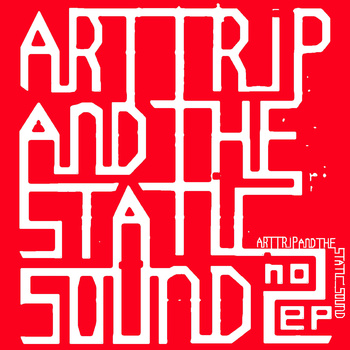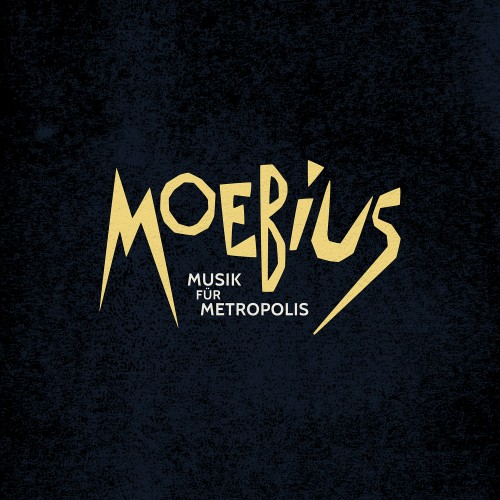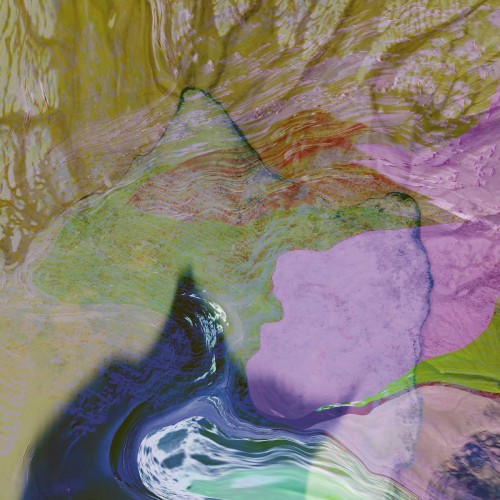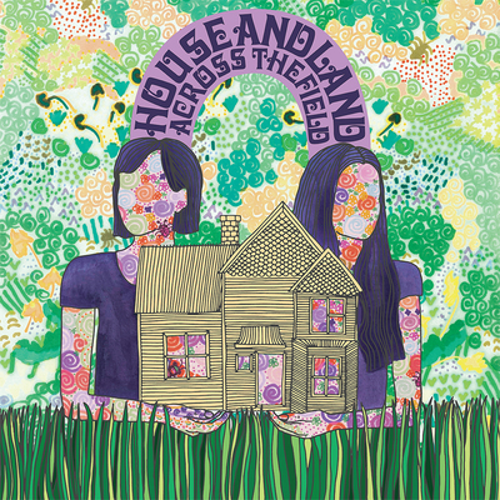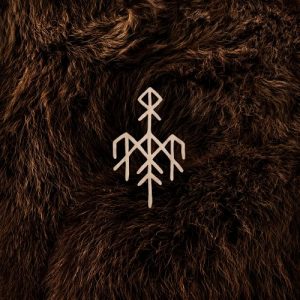 It’s cold outside, really cold, especially for southern England, even at this time of year. There’s a constant, vague, but nagging feeling that nothing would be better than retreating to my bed, getting warm, hibernating, until the return of the sun, the green, and real warmth.
It’s cold outside, really cold, especially for southern England, even at this time of year. There’s a constant, vague, but nagging feeling that nothing would be better than retreating to my bed, getting warm, hibernating, until the return of the sun, the green, and real warmth.
I’m also reading Richard Adams’s excellent second novel (after Watership Down) Shardik, about, on one level, a messianic bear sent by God to lead his people to a glorious new kingdom on earth, on another level about a wild animal being viciously exploited by self-serving humans. Both these things seem to me to be suitably timely accompaniments to listening to Warduna’s new album Birna, or ‘She-Bear’ in Old Norse. As will be seen, the album takes as its central theme that of the bear, the ‘old warden of the forest’, its often strained relationship to humans, and its cyclical relationship to the natural environment around it.
For those that don’t know Wardruna, they are a Bergen-based group, led by Einar Selvik and Lindy Fay-Hella, which grew out of the late ’90s Norwegian black metal scene. But metal this is not. Instrumentation is almost entirely based on traditional folk instrumentation of the early mediæval period, some of which has been recreated based solely on visual and textual descriptions. Think of it as a kind of proto-folk combined with experimental archaeology. The vocals are almost entirely sung in Old Norse, but thankfully a translation of the lyrics is included. Birna is their sixth full album release.
Einar’s almost-spoken vocals are introduced at this point before, as the song builds, the spectacular vocals of Norwegian female choir Artemis sweep across the music. There are lots of harmonies flowing, climbing and falling, but always returning to the beat of the heart. Thematically this and the next three songs represent the approach of winter and hibernation, the long wheel of the earth around the sun, before the first seeds sprout and the ice and snow melt. Accordingly, the theme of hibernation continues with “Birna”, a conversation between a man and a she-bear, the lyrics suggesting communion between man and bear, shapeshifting, shared paths and shared homes.
The wheel of the sun continues with “Ljos Til Jord (Light To Earth)” and dreams of summer before plaintive, droning pipes herald “Dvaledraumar (Dormant Dreams)”. This song takes us deep into the very depths of winter, the profound near-death of hibernation. Things are slowed down, right down, the slow beat of the lone drum reflecting the heartbeat of the sleeping bear, the drone of the pipe, the endless whiteness outside, the gorgeous vocals as the flickering of consciousness maybe. At fifteen minutes this is a truly epic highlight of the album, minimal but evocative. Chilling but beautiful.And as “Dvaledraumar” fades away, the gentle plucked strings of “Jord Til Ljos (Earth To Light)” are delicately introduced. This track, as you may have guessed, completes the cycle of winter. The snow melts, and the sound of activity can be heard. Appropriately it’s a warmer, quicker song, still subdued but celebratory too. Beautiful field recordings of blackbird song accompany the instrumentation and vocals.
“Himinndotter (Sky Daughter)” is next up and we are taking up again the conversation between human and bear started in “Birna”. But the conversation is now one-sided, the bear, all bears in fact, have gone, the woods are empty of the one-time guardian of the forest. This is very much the over-arching theme of the album, a eulogy for all we have lost in our wild places, the species disappeared; not just bears, but many others too, and also the natural environments themselves.
The next track is “Hibjørnen (The Hibearnator)”. The song is stripped of all percussion and just the plucking of the taglharpa (a type of lyre) accompanies the mournful vocals. Another meditation on the sleeping bear, this is reminiscent of the material of the band’s fourth album Skald. It’s a calming place to pause before moving on to the final three tracks.
The rumble of thunder and horses’ hooves introduces “Skuggehesten (The Shadow Horse)” and marks somewhat of a change in tone and intensity. We have left the bear to sleep in her den, at least for now. Anyone who remembers some of the stirring, almost martial, songs from Wardruna’s first three albums will be on familiar ground here. This first song of the three is an ominous thrilling gallop through frozen woods, a balance between hope ahead and unknown terrors behind.
It’s an epic album, over an hour in length, but full of wonder and an absolute joy to listen to. Wardruna can render a sense of atmosphere and landscape like very few others. And they just keep getting better. If you have never heard the band before there couldn’t be a better place to start. Enjoy!
-Dave Pettit-
